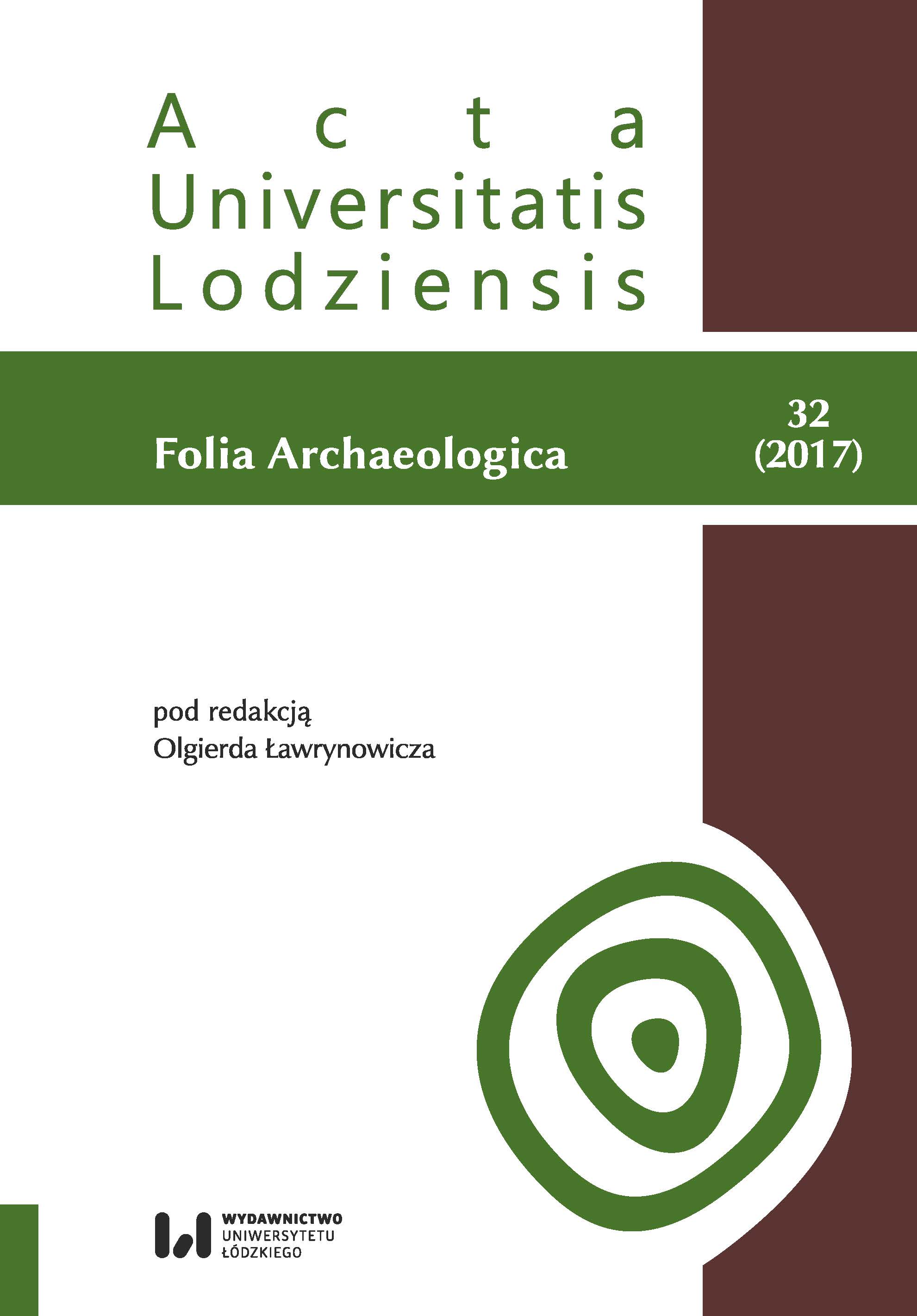Duchy miejsca – napisy (graffiti) w przestrzeniach publicznych i prywatnych jako przedmiot badań archeologii współczesnej przeszłości
The ghosts of places – inscriptions in the public and private spaces as a research material for the archaeology of the contemporary past
Author(s): Kornelia Kajda, Maksymilian FrąckowiakSubject(s): Archaeology, Cultural history, Local History / Microhistory
Published by: Wydawnictwo Uniwersytetu Łódzkiego
Keywords: inscription; carvings; graffiti; archaeology of the recent past; memory
Summary/Abstract: Writing, signing and carving names in public spaces are popular ways of indicating somebody’s presence in the world. Various inscriptions made in different places have been appearing from the ancient times until today. There are multiple motivations for such practice: a simple signing to indicate somebody’s presence, a declaration of sympathy or antipathy to some idea or person or political manifests and encouragement to engage in some actions. Despite the popularity of such phenomenon and its long duration, archaeologists, especially those involved in studying the recent or contemporary past, are not particularly focused on researching this source of knowledge. Most of the academic works which concern inscriptions and graffiti are conducted by sociologists or visual culture specialists. However, these sources may be truly significant in studying microhistories of the places and people. Thus, in our article we want to present a unique potential of graffiti in the studies related to the recent and contemporary past. The aim of our article is to show various spatial contexts in which graffiti may be encountered and to present how the archaeology of the contemporary past may take advantage of researching such inscriptions. After Laurent Olivier (2001), we think that discovering the local past is a characteristic feature of the archaeology of the contemporary past and our article aims to show how the specific “being” of graffiti around us may contribute to discovering the microhistories of people and places. According to Michael Bell’s concept (1997), we interpret graffiti as “the ghosts of place” which indicate the presence of those who are no longer in the place. Due to the breadth of topics connected with graffiti, we decided to focus on those inscriptions which manifest someone’s presence in the place, narrowing our studies only to its written form (not graphic).
Journal: Acta Universitatis Lodziensis. Folia Archaeologica
- Issue Year: 2017
- Issue No: 32
- Page Range: 345-363
- Page Count: 19
- Language: Polish

